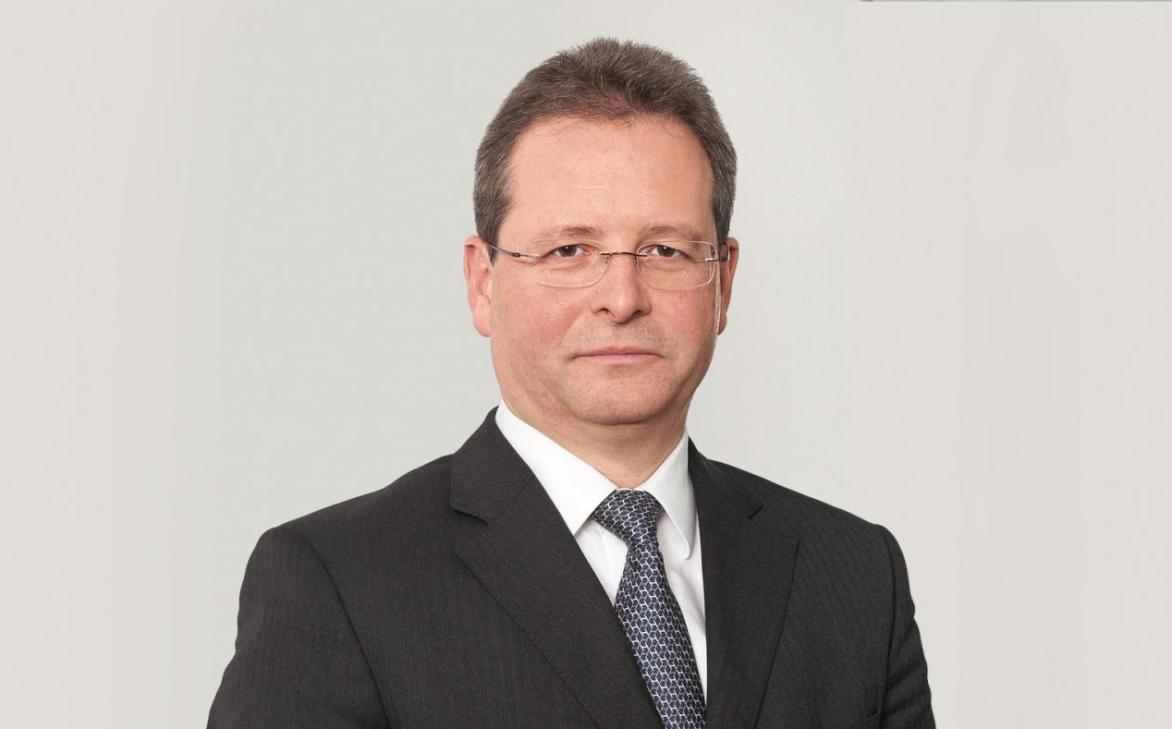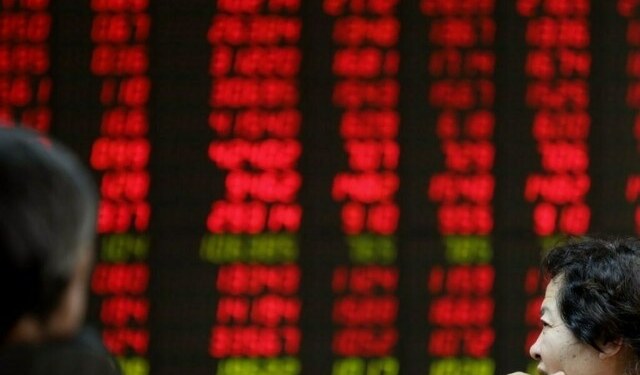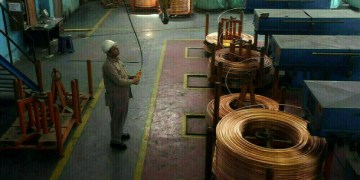May 13, 2016 Updated 5/13/2016
Email Print

Clariant International Ltd. An artist’s rendering of the new Clariant regional headquarters, set to begin construction later this year in Shanghai.
Shanghai — Swiss specialty chemical giant Clariant International Ltd. is pouring resources and executive firepower into China.
Christian Kohlpaintner, a member of the Muttenz, Switzerland-based company’s four-member executive committee, relocated to Shanghai on April 1 to oversee the company’s Asia-Pacific operations, the company announced at a packed Chinaplas news conference in Shanghai last month.
“We are convinced that the future of our company will be decided here in this region,” declared the 23-year industry veteran with a Ph.D. in chemistry.
The company confidently predicts that through the end of the decade, about 60 percent of absolute growth in chemical sales will take place in China.
Next year, the company plans to pour 40 percent of its investments into “the Greater China region,” which includes Taiwan and South Korea.
Between 2010 and 2020, China’s chemical industry will more than double to about $ 1.9 trillion, the company predicts. About 63 percent of those sales will be in commodity plastics, a traditional Chinese strength, with the remainder in the rapidly growing specialty sector — Clariant’s strength.
By year’s end, Clariant plans to break ground on a Shanghai campus that will house the company’s new regional headquarters and an R&D center. “We plan to move into the facility at the end of 2018,” Kohlpaintner said.
Clariant, which set up its first office in Tianjin in 1995, now has more than 1,500 employees in its greater China region. Except for a factory in Kunming, all the company’s mainland facilities are located along the East Coast.
Last year’s regional sales totaled 640 million Swiss francs ($ 660 million), about 11 percent of global sales of 5.8 billion Swiss francs ($ 5.99 billion).
The entire Asia Pacific region generated 24 percent of 2015 sales, up from 17 percent in 2005.
“We are convinced that it is of utmost importance to understand China better and to become a China insider in order to succeed in this important market. That includes shifting more decision authority to China and to strengthen also our R&D capabilities,” Kohlpaintner said.
Oliver Kinkel, head of the company’s additives business unit, highlighted the company’s new AddWorks brand of plastics additives, including two products specifically geared toward Asian markets.
AddWorks PKG 902 makes it easier and cheaper for polyolefin film manufacturers to use recycled plastics instead of virgin PP or PE resin. “Beside waste reduction, increasing recycled content enables significant film manufacturing cost savings,” Kinkel said.
AddWorks LXR 408 delivers anti-static performance of more than one year for biaxially oriented PP, cast PP and PE blown film packaging. “It avoids generation of volatiles and reduces blooming during film production, thus reducing quality problems and allows for optimized production cost,” Kinkel said.
Clariant is targeting China’s OEM electronics exporters with its Exolit OP line of non-halogenated flame retardants for thermoplastics. The new Exolit OP 945, for example, is optimized for printed circuit boards, Kinkel said.
“The key of that product is that it’s developed to perform at very thin layers,” Kinkel said.
Clariant also plans to serve Chinese processors by boosting research and production of its Licocene-brand processing waxes. These waxes are used as dispersing aids for masterbatches, among other applications. Clariant’s new Licocene 3101 is a nucleating agent targeted at Asia’s expanded polystyrene manufacturers.

Clariant International Ltd. Kohlpaintner
Michael Grosskopf, head of Clariant’s additives business unit, noted that Chinese electronics and toy manufacturers, confronted by increasingly safety-conscious global and domestic customers, are especially keen on safe, sustainable solutions.
“Chinese producers need to meet the stringent regulations regarding product safety and sustainability for components set by global OEMs that go far beyond legal limits, for example, for low halogen content,” Grosskopf said.
Among the company’s many colorants, its PV Fast Yellow H3R is especially popular, he noted.
Grosskopf also touted the novel element of its new Polysynthren Black H colorant, which is targeted for use with engineering and transparent PET resins: “It is fully infrared transparent. Because it can be detected by IR, this allows precise sorting of black materials during recycling; something which is not possible with normal carbon black pigment.”
By 2021, Clariant plans to build masterbatch plants in Shanghai, Singapore and the U.S. to serve the engineering and high-temperature plastics industries. Another plant, near Sydney, will produce color and additive masterbatches.
The company promoted the water and resin savings of its Hydrocerol foaming and nucleating agents for the automotive and bottle-making industries.
Clariant has 110 business units in 53 countries. Its Plastics and Coatings unit posted 2015 sales of 2.44 billion Swiss francs ($ 2.51 billion). At the end of 2015, the company had 17,213 employees worldwide.




























